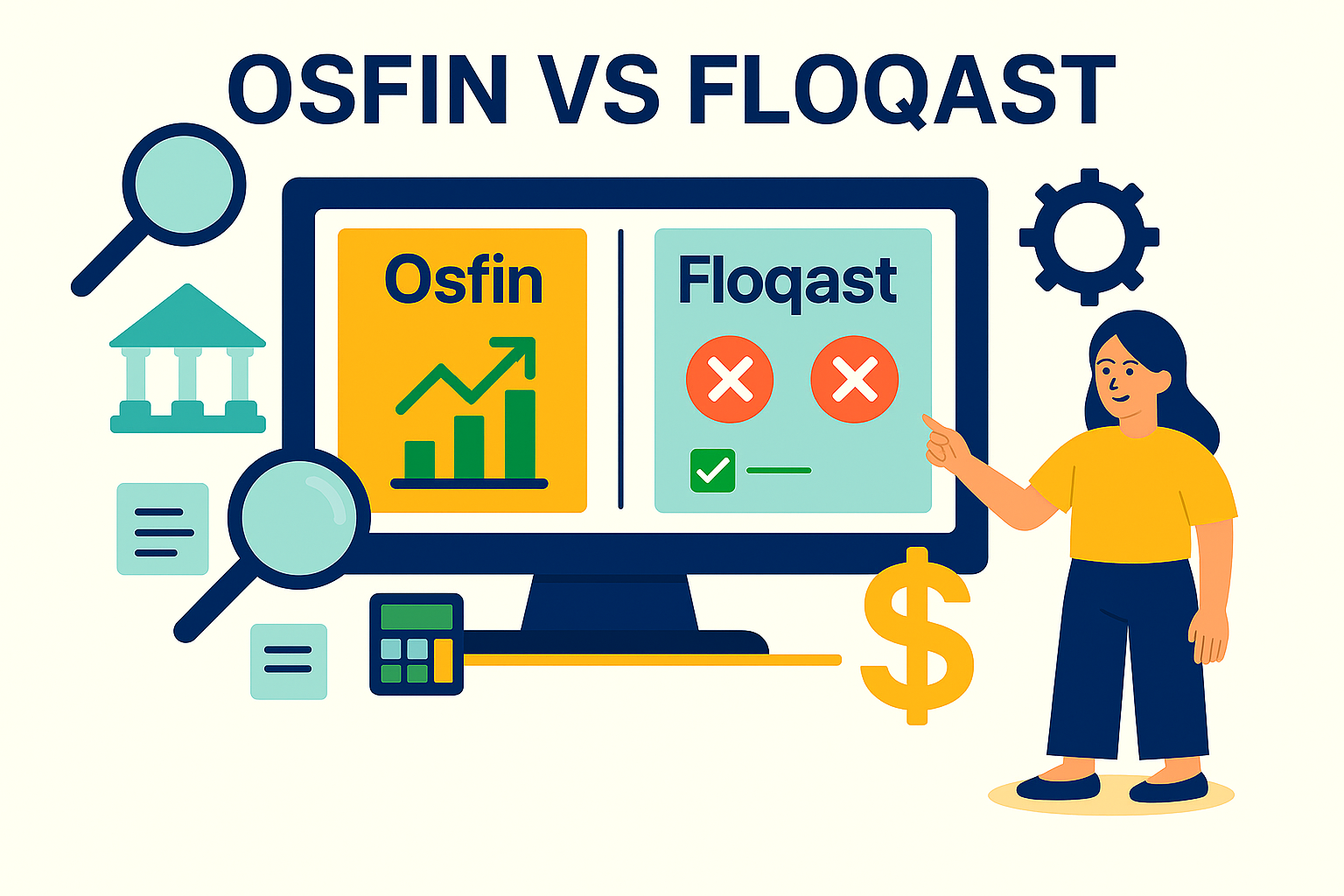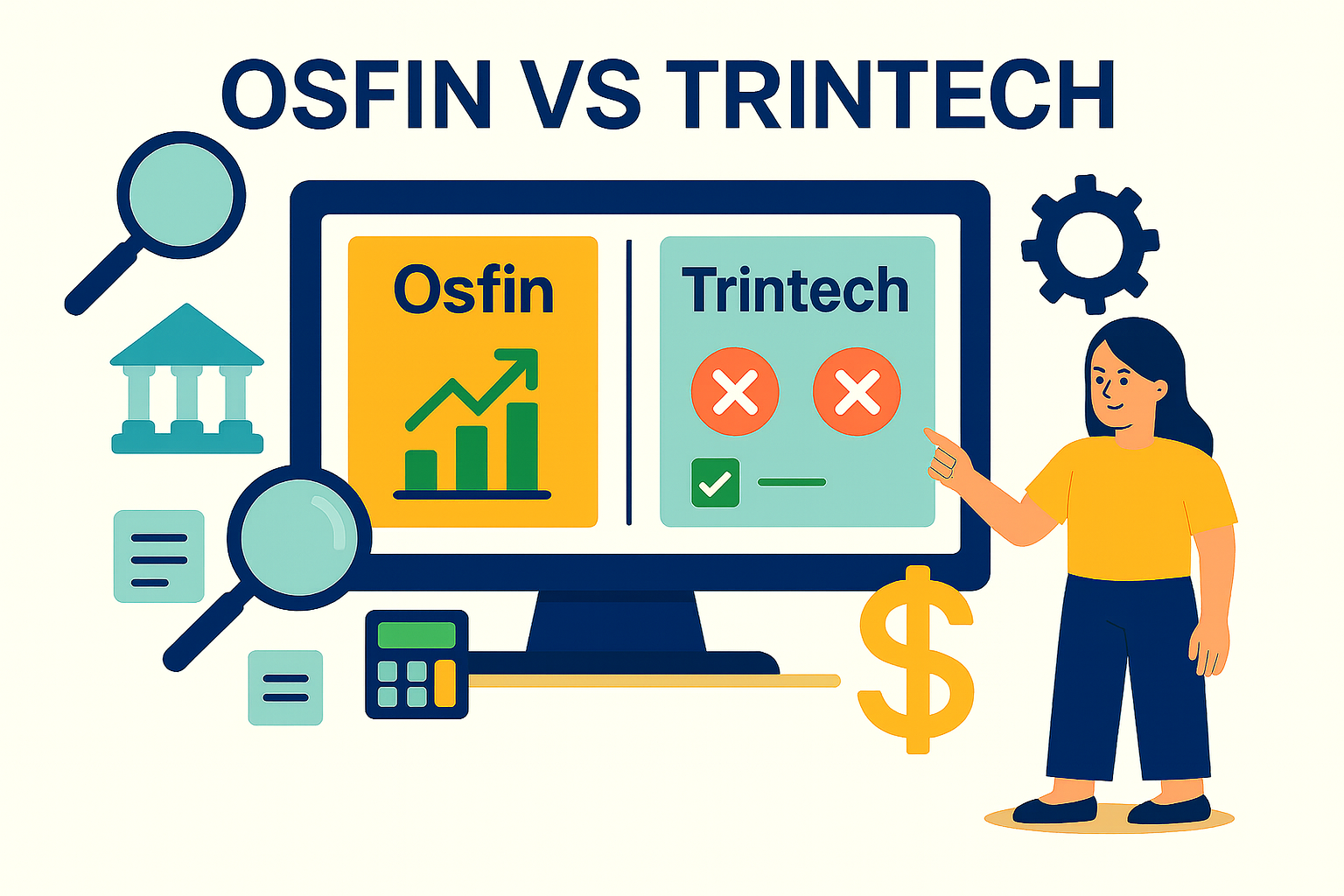Account Frozen: What R16 Return Code Means and How to Reconcile It
As the world shifts towards a digitized, cashless economy, complex systems are created to handle the transfer of funds. Among the most popular in the United States is the Automated Clearing House (ACH) payment system. Billions of dollars worth of transactions occur daily using the ACH system to transfer funds digitally between different banks and accounts. In fact, almost all businesses, banks, and financial institutions have benefited from the ACH network–whether that's transferring bundles of funds at certain times of the day, making payroll payments, or having recurring payments for loans and bills–chances are you have made use of the ACH system.
However, the ACH system doesn't come without complications. Occasionally, you may encounter an ACH return code, which is a rejection or return on the payment being made. This means that the payment could not be processed, and the reasons may vary. Each return is accompanied by the related code (the letter "R" followed by a two-digit number).
A common return code businesses encounter is ACH return code R16. In this article, we discuss what R16 ACH signifies, its impact on different account types, and how to handle this return code to prevent future code issues.
What this blog covers:
- What the ACH R16 return code means (Account Frozen / Return per OFAC)
- Typical causes: legal actions, regulatory freeze, compliance holds
- Timeframes, rules, and NACHA guidelines for handling R16 returns
- Steps to investigate, resolve, or reinitiate transactions after R16
- Preventive measures to reduce R16-type failures (screening, validation, compliance checks)
- How Osfin aids in automating detection, tracking, and reconciliation of R16 returns
- Frequently asked questions about ACH R16 return code
What Is ACH Return Code R16?

The R16 return code stands for "Account Frozen/Entry Returned per OFAC Instruction," showing that the recipient's account has been frozen in most cases. However, it can also signify that the payment was rejected due to the OFAC (Office of Foreign Assets Control) directive. This means that the concerned financial institution has halted all activity on the account, or transactions have been reversed due to orders from OFAC.
The R16 return code means that the recipient's bank has frozen their account, preventing the ACH transaction from being processed. Account freezes can occur for various reasons, most of which are related to regulatory compliance or financial risk concerns.
Understanding what the R16 code means is crucial for financial institutions and other businesses since it is a potential indicator of OFAC regulation violations. Sometimes, a transaction is also rejected because it involves a sanctioned entity or individual (which also violates OFAC guidelines).
Here are some of the most common reasons behind the R16 return code:
1. Legal Actions and/or Court Orders
Courts and other legal authorities may order the freezing of an individual's or entity's account. This is usually due to litigation, suspicious activity, ongoing investigations, bankruptcy, or other legal proceedings.
2. Fraud Concerns
Sometimes, financial institutions may freeze an account if they suspect suspicious or fraudulent activity. This allows the institution to conduct its investigation unhindered.
3. Regulatory or Compliance Risks
If the individual or entity holding the account fails to comply with relevant compliance and regulatory requirements, such as anti-money laundering (AML) laws, financial institutions may freeze their accounts.
4. Unpaid Debts or Liens
Accounts may be frozen or restricted by the relevant authorities if they have unpaid debts or tax liens.
5. Bank Freezes
Banks will often freeze accounts themselves if they detect any suspicious transactions if there are identity verification problems, or if they want to conduct risk assessments.
How R16 Return Code Affects Different Account Types?
The ACH return code R16 can affect various types of accounts as long as it falls within the scope of OFAC regulations. Essentially, it affects both consumer and non-consumer accounts, regardless of whether your account is for an individual or an organization.
If this code is encountered, it is crucial to take immediate action (regardless of your account type). An R16 return code could be because:
- The organization or individual involved in the transaction is a sanctioned entity by OFAC
- The individual organization has not followed OFAC regulations
- The concerned entity is suspected of fraudulent or other illegal activities
Because of the nature of an R16 ACH code, the consequences can be severe. That's why it's essential to understand its implications, whether the account is consumer or non-consumer. Taking prompt action can help minimize potential losses.
The Process of R16 Return Code
So, what do you do if you encounter an R16 return code? For starters, any recurring or pending transactions with the concerned account must be stopped. Financial institutions must contact all parties involved in the transfer.
When a bank account gets frozen, no further activity (including ACH transactions) can be processed until the problem is resolved. Depending on the severity of the violation or the findings of the ongoing investigation, account freezes can be temporary or permanent.
Another dire consequence of the R16 code is in financial reconciliation. ACH return codes can often disrupt financial operations, with returns not being reflected until days later, throwing off ledgers and increasing customer dissatisfaction. Here’s how ACH return codes can disrupt your financial reconciliation:
1. Break the Expected Transaction Flow
When a transaction is unable to be processed due to R16, it causes a mismatch between bank ledgers, customer statements, payment process reports, and other related documents. It delays the reconciliation process and increases the need for manual checks.
2. Cause Discrepancies Across Systems
Core banking systems, ERPs, and payment gateways may initially mark the transaction as successful or pending. However, when the transaction is returned with an R16 code, entries must be created to flag the return. This causes timing and reconciliation delays.
3. Increase the Need for Manual Intervention
The R16 code increases the need for manual intervention due to the investigation for account freeze, contacting and communicating with the account holder, manually updating transaction status in reconciliation workflows, and more.
These issues can lead to incorrect financial statements, audit and compliance matters, overstated or understated balance reports, and more.
In most cases, financial institutions, banks, and regulatory bodies typically prioritize these concerns and make efforts to resolve them as quickly as possible. Banks also provide regular updates throughout, guiding the concerned entities through the process.
{{banner1}}
How to Fix R16 Return Code?

If you encounter the R16 return code, here are the steps you will need to take:
1. Stop All Transactions with the Concerned Account
Any pending or recurring ACH transactions with the concerned account must be stopped so that the issue can be investigated and an alternative method of payment can be determined (if needed).
2. Contact the Account Holder
Next, contact the account holder and notify them that the payment cannot be processed because their account is frozen. Ask them if they were informed of the freeze and if they have an alternative account to complete the transaction.
3. Instruct the Recipient to Contact Their Bank
Ask the payee to contact their bank and ask why their account has been frozen. Their financial institution can also assist them in taking steps to resolve the issue.
4. Determine If an Alternative Account/Payment Method Is Needed
If the problem can be resolved quickly, then there is no need for an alternative method. However, if the investigation and resolution will take time, ask the recipient if they can provide an alternative bank account or payment method (such as a check or wire transfer).
5. Document the Return Code for Record-Keeping and Compliance
Lastly, record the R16 return code. This will facilitate financial tracking and reconciliation, as well as compliance with regulations.
Best Practices to Avoid R16 Return Code Issues
Account freezes are often outside the control of businesses and financial institutions. However, there are specific steps businesses, banks, and other financial institutions can take to minimize the risk of an R16 code. Here's what companies can do:
1. Monitor Compliance and other Legal Triggers
Regularly track any court orders, legal action, or liens that may cause an account to be frozen. Set up automatic alerts to flag any high-risk accounts. Pause any ACH activity if a freeze may occur.
2. Conduct Real-Time Account Status Checks
Utilize real-time account verification tools to verify if the recipient's account is frozen before initiating an ACH transaction.
3. Prioritize Customer Communication
When a customer's account is frozen, notify them immediately and advise them to cancel any pending ACH payments.
Banks and financial institutions can also help individuals and institutions to prevent R16 return codes. Some steps include:
4. Set Up Automated Notifications for Failed Payments
Set up real-time alerts so that your teams are notified when a transaction fails due to an R16 error. This allows for quicker investigation and resolution, ensuring that financial tracking and reconciliation remain unaffected.
5. Communicate with Vendors and Employees about Account Management
Communicate with vendors and employees about ACH payments and how to comply with the bank's regulations to avoid account freezes. Please provide them with guidelines on how to update account information so that payment disruptions can be avoided.
{{banner1.1}}
Conclusion
Apart from delayed payments and losses in profit, the R16 return code can also have significant implications on financial reconciliation for banks and financial institutions. It leads to gaps in timing, manual exception handling, data mismatches, and more.
Fortunately, numerous software and automation tools are available to facilitate a smoother, more efficient, and automated reconciliation process. Osfin.ai offers:
Speedy data ingestion: Osfin’s agnostic platform offers more than 170 integrations to import data regardless of the format, detects outliers and duplicates at the point of ingestion, and applies custom deviation tolerances to filter out any poor-quality data before reconciliation.
Smooth reconciliation: Osfin does logic-based matching, and can reconcile 30 million records in 15 minutes. Our platform can also handle one-to-many and many-to-one transactions, as well as auto-reconcile payment gateway reports with commission, fee breakdowns, and tax.
Exception handling: Our platform automatically flags unmatched transactions and assigns them with an accurate reason, and routes them to the appropriate team. Osfin also offers a live dashboard so you can monitor the exposure, match status, and exception queues.
Audit-ready reports: Lastly, Osfin provides a comprehensive compliance report, maintains audit-ready workflows with complete traceability, and complete transaction history. Your data is secured using 256-bit encryption, two-factor authentication, and role-based access.
Choose Osfin to manage your reconciliation needs with speed and efficiency!
{{banner3}}
FAQs on R16 Return Code
1. What is the R16 rejection code?
The R16 ACH return code stands for "Account frozen." It means that the account involved in the transaction has been frozen due to bank policy violations or legal action.
2. What is the reason for R16 chargeback?
There are many reasons why an R16 return code may occur. Some of the most common reasons are due to legal action, suspicions of fraudulent activity, OFAC orders, or internal holds.
3. What is the R23 code?
ACH return code 23 is called "Credit Entry Refused by Receiver.” It means that the account holder has not accepted the credit entry transaction.
4. Who pays chargeback fees?
If a return or chargeback occurs, merchants are usually responsible for the chargeback fees. This can result in revenue losses.


